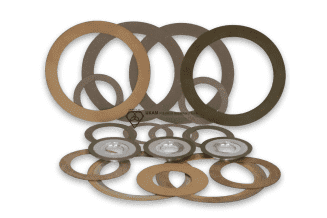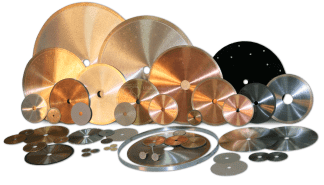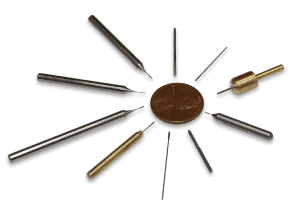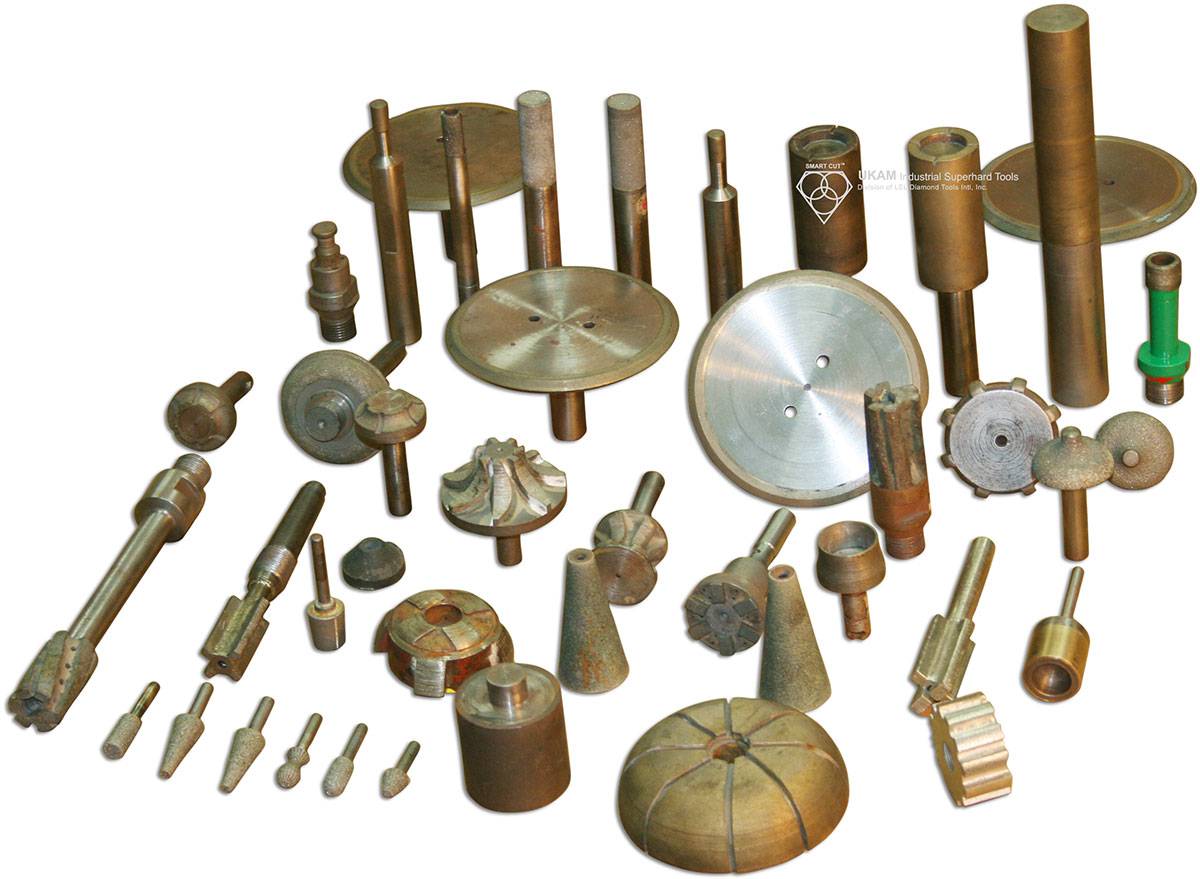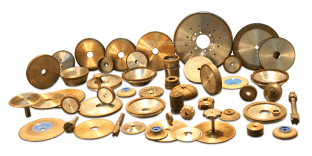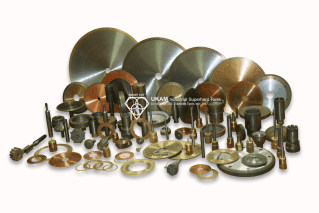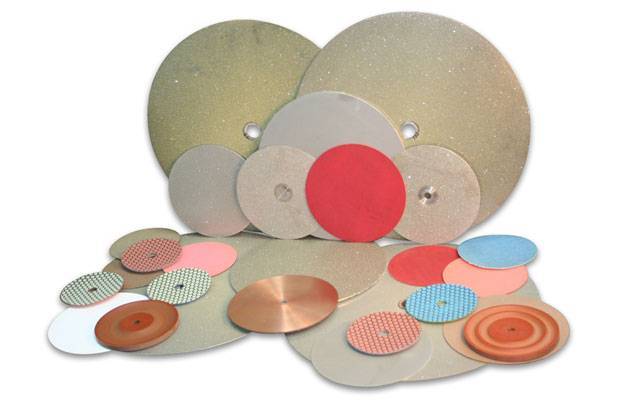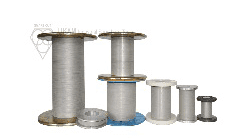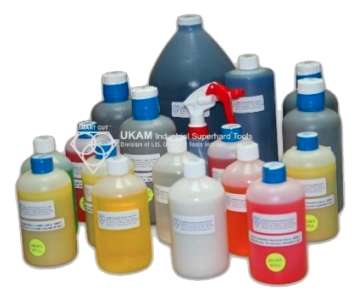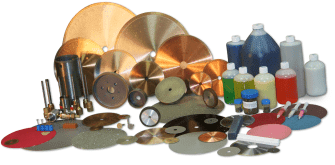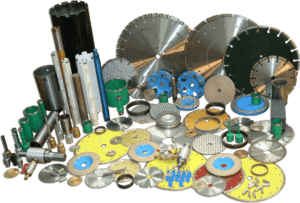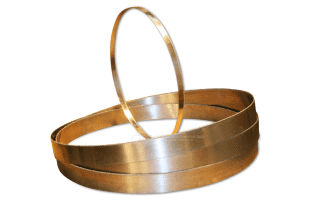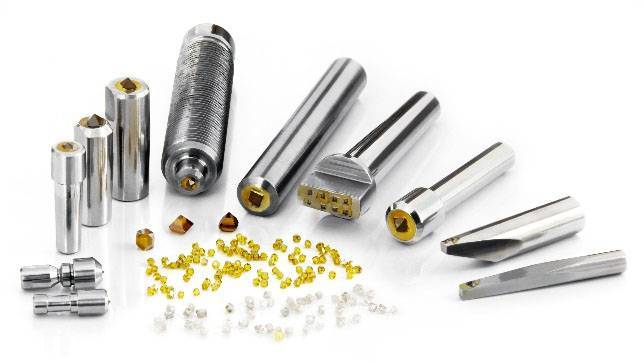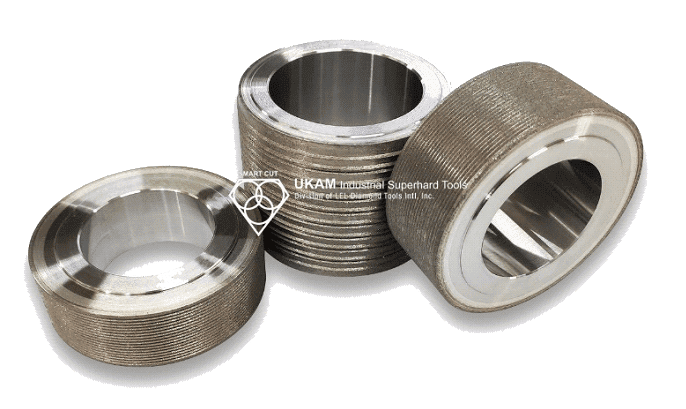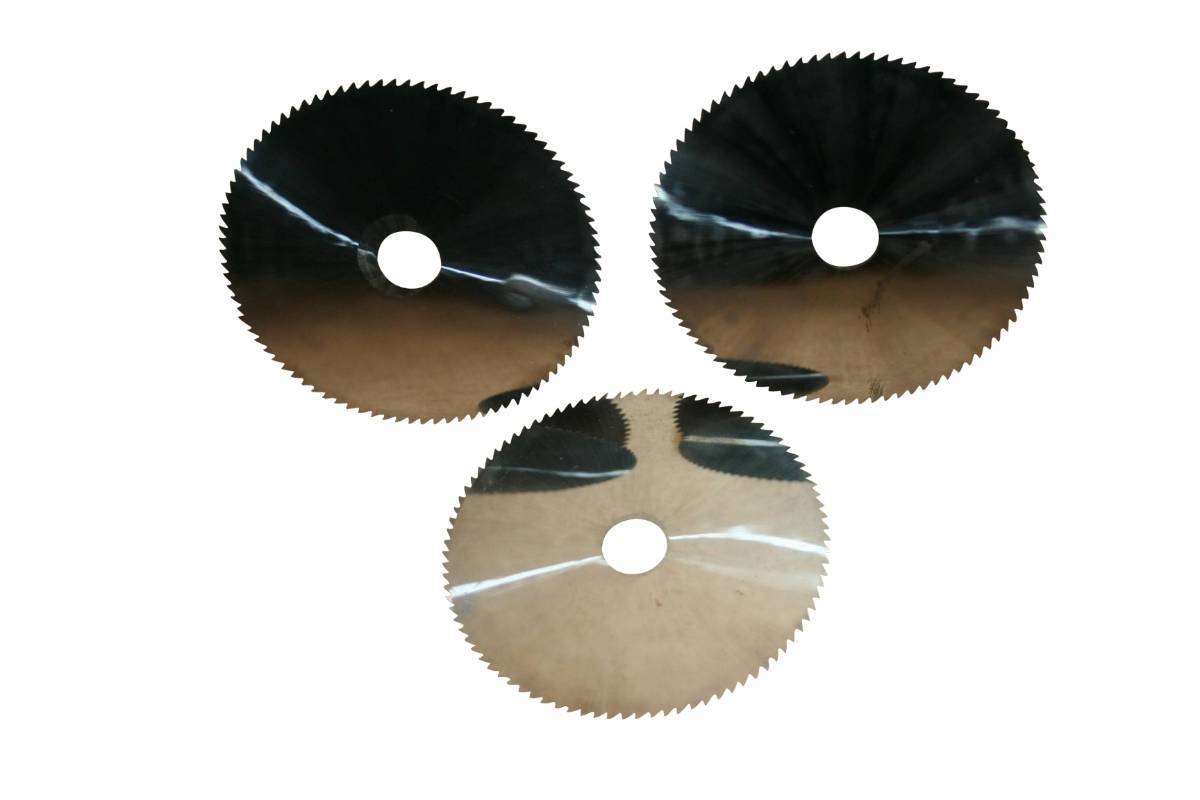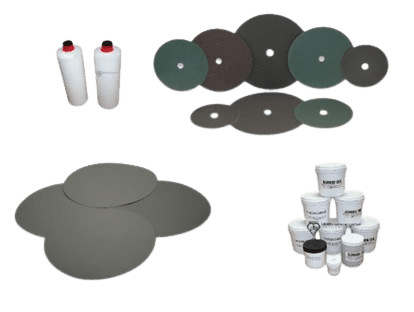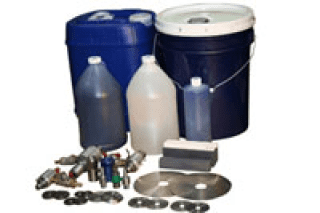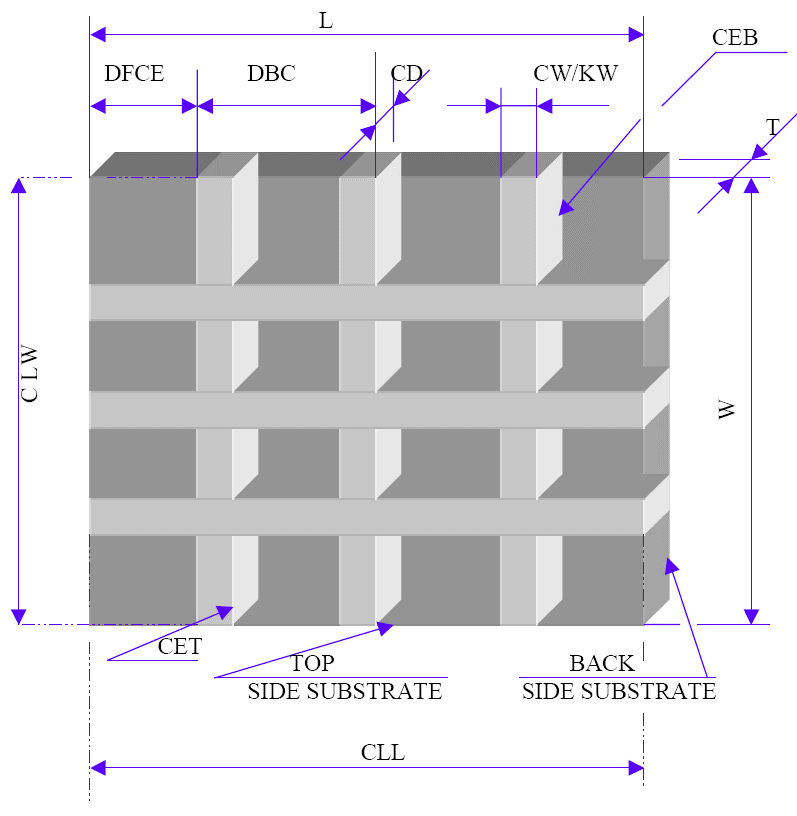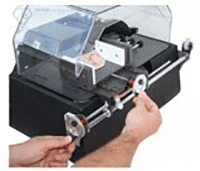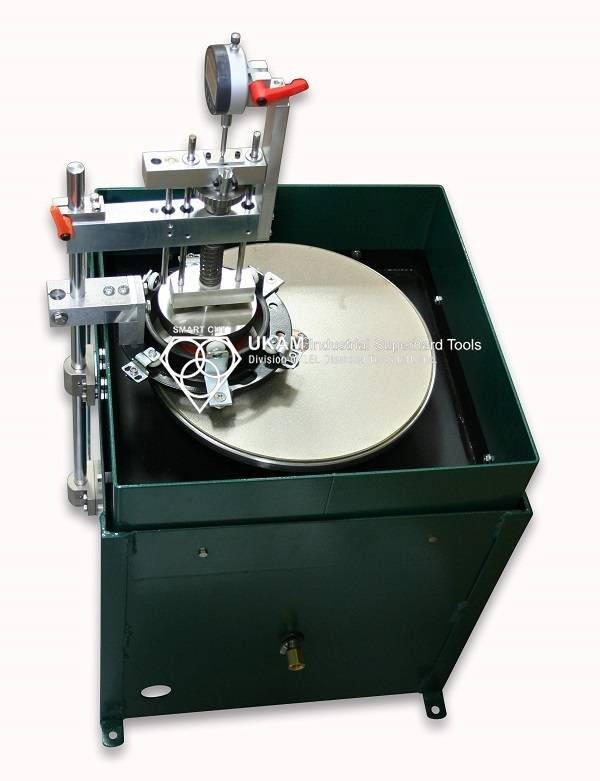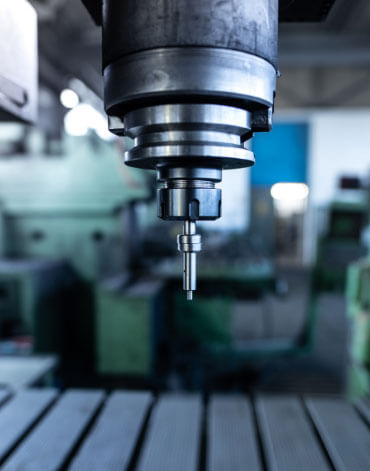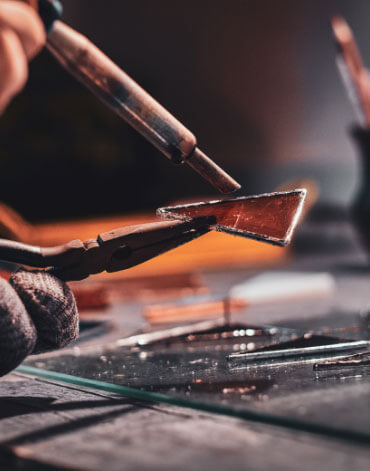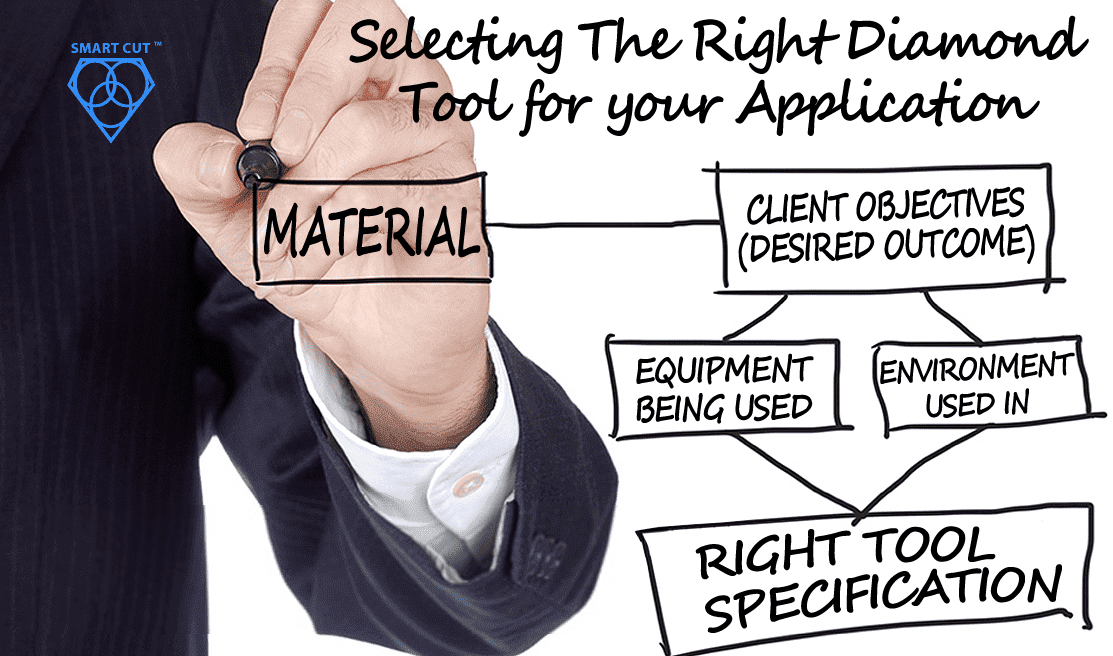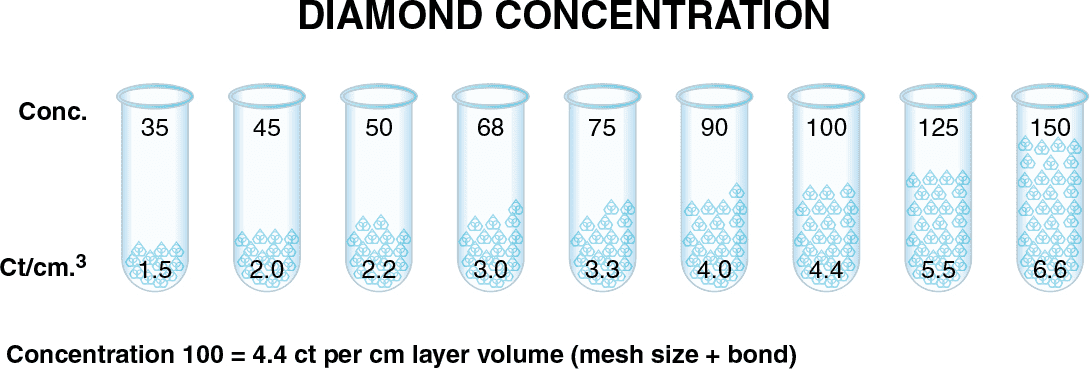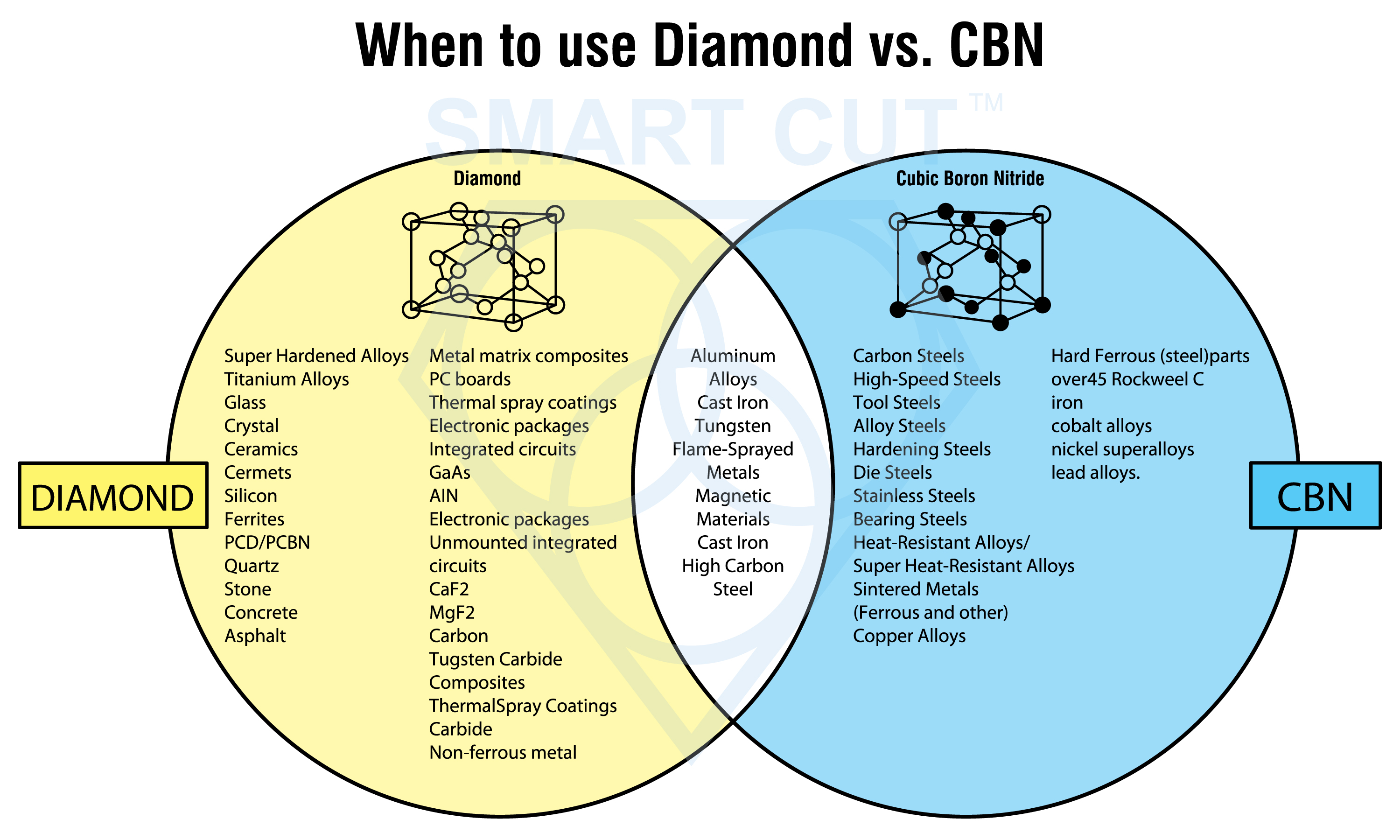Concrete & Construction Drilling
-
Posted by
contactor6

Recommendations on speeds, feed rates and equipment to use to obtain best return on investment for using diamond core bits for drilling concrete and related materials
OPTIMIZING YOUR DIAMOND CORE BIT CONCRETE & ALLIED DRILLING OPERATION – CONCRETE DRILLING METRICS
During the last decade concrete and construction industry has experienced sharp increases in labor rates, equipment costs, and overhead expenses. These increased costs had made the cost of diamond core bits used in drilling applications, a relatively minor factor in the overall cost equation. Given the high labor and overhead costs involved in most drilling operations, the speed with which the job is done is becoming ever most important. Today, in order to remain completive, the drilling operator must be able to accurately estimate amount of time, money, and resources a job will require. Unfortunately, today many drill operators waste valuable time and money. By using outdated drilling techniques and drilling equipment, that heavily relies on guessing and operator trial and error.
In an effort to help our customers provide more accurate system of estimating and predicting diamond drilling costs. As well as estimating time required to finish job and predicting diamond core bit performance on specific material type. Several studies were conducted, revealing valuable solutions that you can start using today! Some of the variables evaluated in these studies include: applying different amounts of pressure to the diamond core bit, using higher horsepower hydraulic drilling equipment. As well as increasing the diamond core bit RPM’s (speed). By understanding these variables and how they work together, you will be able to increase the speed of which diamond core bit drills (penetrates) through material being drilled. Hence reducing amount of time spend on drilling.
New diamond core bit designs and segment matrix bond compositions have been designed to help increase drilling speed, without sacrificing diamond core bit life. Despite improvements in diamond core bit manufacturing technology, optimal balance of horse power and drilling force applied must still be achieved in order to obtain right combination of drilling sped and diamond bit life.
Optimum drilling horsepower is a function of both diameter of diamond bit and well as the type of concrete or allied material being drilled. To illustrate the interdependence of these two variables, several tests were conducted with three different diamond bit sizes to determine their optimum parameters. Using both reinforced and non reinforced concrete material. Special care was used to replicate true field drilling conditions in all aspects, from equipment used to typical procedures followed.

DRILLING REINFORCED AND NON-REINFORCE CONCRETE
Both types of concrete are commonly encountered in construction and highway drilling applications. Both materials require different drilling conditions and produce different drilling results. Drilling through a steel bar produces a different type of strain on the diamond bit and hence a different wear on the diamond bit cutting surface.
Drilling Non-Reinforced Concrete
Drilling process on plain concrete however is quiet different. Non-Reinforced Concrete material is removed by means of crack propagation. The diamond in the diamond bit produces stress on relatively brittle concrete which causes cracks to be generated. These cracks result in pieces of
concrete being broken away from the base material which allows the diamond bit to penetrate the material being drilled. This can usually be seen by the drilling swarf collected during the drilling of non reinforced concrete. Concrete chips are very rough and irregular in shape, indicated a brittle fracture.
Drilling Reinforced Concrete
Drilling action is reinforced concrete is quiet different. Most users find it more difficult, takes longer, and cost more to drill reinforced concrete than any other concrete or allied material. In Reinforced Concrete, the steel bar is cut by diamond crystals n a “machining” mode rather than by fracturing. You can usually see drilling swarf that contains particles of steel that are shaped like “curls”. Drilling reinforced concrete puts a very high strain of diamond core bit cutting surface. When drilling through the reinforced bar, the drilling surface of the diamond bit encounters a very tough and relatively ductile material. However as the diamond bit rotates the same section of cutting surface encounters the relatively brittle concrete. This causes loading and unloading of diamond bond material and diamond crystals.
Diamond core bit life and drilling speed is considerably reduced when drilling this material. On many applications diamond core bit life can be reduced by as much as 50% depending on steel amount and depth in concrete.
When a diamond core bit reaches and hits steel, you will often notice sparks coming from the drilling zone. This is an indicator that you have hit reinforced steel. The operator should reduce drilling speed and decrease coolant flow.
When the diamond bit is rotating at 500RPM each segment of diamond core bit penetrates rebar 1000 times per minute or 17 times per second. Resulting in more rapid breakdown of diamond bond matrix. What follows is increased diamond pullouts and possible premature fracture of diamond in bond matrix.
DETERMINING OPTIMAL DRILLING SPEED (FEED RATE / PENETRATION RATE) AND DRILLING RATIO

In order to determine most optimal feed rate (penetration) and drilling ration, several tests were structured using 3 different diameter diamond core bits. Horsepower of drilling machine was increased from 1.5 to 5 H.P. and 2” diameter diamond bit showed sharp increase in penetration rate and equally rapid decrease in drilling ratio. Thin wall diamond core bit was used in the first test.
Its relatively small surface area of 0.81 sq in resulted in a very high unit pressure (PSI) on drilling surface. Hence the concrete material was removed rapidly. The sight affects was fast wearing of the diamond core bit section. This was specially true at higher horsepower levels on reinforced concrete. The steel bar accelerated the wear on the bit because the increase stress on the bond matrix and diamond crystals. The rebar also caused a reduction in the penetration rate (drilling speed) due to the difficulty in drill the steel.
For the 4” diameter diamond bit, increasing horsepower from 1.5 HP to 7 H produced significantly increase in penetration rate with only gradual decrease in drilling ratio. The decrease in drilling ratio was much slower than what occurred for 2” diameter bit because the larger surface area of the 4” diameter diamond bit distributed the thrust over a wider area. The penetration rate in non reinforced
concrete continued to increase even at highest horsepower used in test 7 HP. However in reinforced concrete drilling ratio dropped rapidly as horsepower was increased. Similarly penetration rate reached a plateau at about 4 HP. Using power above this level in reinforced concrete produced only minor increases in Penetration Rate.
For the 6” diameter diamond bit, the penetration rate continued to increase as horsepower was increased in both the reinforced and non reinforced concrete. The large cutting surface area of the 6” diamond concrete bit cause the bit thrust to be more widely distributed. Hence producing lower unit pressure on drilling surface. In non reinforced concrete, penetration rate continued to increase at highest power used 7 HP, with only gradual decrease in drilling ration. In reinforced concrete, 6” diamond concrete bit reached a penetration rate plateau at approximately 6 HP.
OPTIMAL CONCRETE DRILLING COST EQUATION

Differences in horsepower and diamond core bit feed rates results in a different combination of diamond core bit life. (Drilling Ratio) and sped of drilling (Feed Rate or Penetration Rate). There is an ideal horsepower of each diamond core bit and material combination. The ideal horsepower would be at the point where the sum of the costs associated with diamond core bit life and operating costs are at the lowest point.
In order to determine the optimum horsepower for the three different size diamond core bits used in this experiment, an equation was derived to determine drilling cost rate as a function of Penetration Rate (PR) and Drilling Ration (DR).
DRILLING COST = Diamond Core Bit Cost + Operation Cost
Diamond Core bit cost = (Distance Drilled x Diamond Core Bit Price)
(DR x Segment Height
Operating Cost = (OCR x Distance Drilled)
PR
Drilling Cost = (Diamond Core Bit Price + OCR)
Distance Drilled (DR x Segment Height PR)
Distance Drilled = Number of inches drilled
Diamond Core bit Price = Initial cost of diamond core bit
DR = Drilling Ration (inches drilled per thousands inch of diamond core bit wear)
Segmented Height = Total available segment height expressed in thousands of an inch
Operating cost Rate (OCR) = Cost of labor, overhead, and equipment expressed in dollars per minute
PR = Penetration Rate expressed in inches per minute
We will use the equation to determine the cost of drilling for the three different diamond core bit sizes tested in this experiment for both reinforced and non reinforced concrete
Distance Drilled = 100 inches
Diamond core Bit Price = 2” diameter ($200.00), 4” diameter ($325.00), 6” diameter ($550.00)
Segment Height = 0.3 inches
Operating Cost Rate = $25.00 per hour
As you can see there is an optimum horsepower for each combination of diamond core bit diameter and material. Optimum horsepower can be determined where sum of the Diamond core Bit cost and Operating Cost are at a minimum. Conditions used in this experiment resulted in the following optimum drilling horsepower
Non Reinforced Concrete Reinforced Concrete
2” diameter 3.5 HP 1.5 HP
4” diameter 5.0 HP 3.0 HP
6” diameter 8.0 HP 3.5 HP
horsepower levels above were determined assuming standard Operating cost of $25.00 per hour.
As this experiment shows the optimum horsepower level for reinforced concrete is lower than for non reinforced concrete
Knowing as much as possible about the material to be drilled and relaying this information to diamond core bit manufacturer is important to obtain the right diamond core bit for your application. Before we can recommend the right diamond core bit for your application, knowing what type of aggregate that is to be drilled as well as whether reinforcing steel will be present and maximum drilling depth. Some concrete and allied materials are harder than others. Hence more difficult and longer to drill. For example: Limestone, slag and coral aggregate are relatively soft and abrasive materials. These are easily drilled with very fast drilled speed. On other hand concrete with river gravel or quartzite is of medium difficult to drill. Flint or granite aggregate is generally considered among the most difficult to drill.
The size of aggregate can also play a factor in overall drilling performance of diamond core bit. Concrete aggregate are frequently in range of ½” to 2”. Concrete made with 2” flint aggregate will be extremely difficult to drill, but concrete with ½” fling aggregate is drilled much more easily.
In addition to the aggregate the type of sand used to make the concrete can influence the selection of diamond core bit. Many natural sands are quartzitic and have been rolled by water for many years and are smooth and dull. Similarly, manufactured sand usually has sharp and abrasive edges that can wear a diamond core bit bond very quickly.
Drilling concrete made with hard aggregates also requires more power. If there is not enough power, diamond core bit speed should be reduced. Diamond Bits used to drill hard aggregates should have segments with tough diamonds and a soft metal bond matrix. Otherwise the diamond particles will wear even with the bond surface and the diamond bit glazes over and is unable to drill. At same time segments for drilling soft aggregates should have hard diamond bond, so that diamond particles are not lost before their drilling life is consumed. Green concrete is usually very abrasive and requires hard diamond bond.
DRILLING REINFORCED CONCRETE
Drilling reinforced concrete is more difficult, takes longer, and costs more than almost any other concrete and allied material. Diamond core bit life and drilling speed is considerably reduced when drilling this material. On many applications diamond core bit life can be reduced by as much as 50% depending on steel amount and depth in concrete.
When a diamond core bit reaches and hits steel, you will often notice sparks coming from the drilling zone. This is an indicator that you have hit reinforced steel. The operator should reduce drilling speed and decrease coolant flow.
Drilling Speed (RPM)
Optimum operating speeds for drilling concrete are around 10,000 surface feet per minute. It is important for the operator to maintain appropriate operating conditions to maximize diamond core bit life, drilling speed and overall performance. Actual drilling speed will usually have to be adjusted to accommodate the aggregate type and amount of steel encountered in concrete being drilled. Usually higher drilling speeds make the diamond core bit act harder and often lengthen diamond core bit life. The trade off is slower drilling speed. Decreasing diamond core bit speed will make the diamond bit act softer, but diamond core bit life will also decrease.
If you are not sure about the correct or optimal drilling sped to use for particular material/application, it is better to error on side of lower drilling speed rather than higher speed. Start in the lower RPM range, and once the diamond core bit is working well, increase the speed to optimize drilling life. When drilling softer abrasive materials, a faster drilling speed and forward traverse rate and more coolant should be used.
Machine Drive Power
Amount of power available to diamond core bit being used is also another important variable to consider in optimizing your concrete diamond drilling application. Drilling Machine will less power than required can result in diamond core bits that will glaze over, resulting in slow drilling speeds.
Drilling machine power requirements for typical concrete drilling operations is 2 to 20 horsepower. In order for diamond core bit manufacturer to provide best diamond bit for your application, it is important to know the maximum horsepower of the drilling machine used. Frequently diamond core bits with soft bond segments will wear faster if used with high horsepower drilling machines. However this is not always the case, and there are numerous exceptions to this rule.
Diamond core bits made with segments of hard bond will work better on higher horsepower drilling equipment. Diamond core bits require that right amount of pressure be applied for optimal drilling results. In order to maintain constantly sharp diamond crystals, sufficient amount of pressure should be applied for the material being drilled. If too little pressure is applied, diamond crystals will become dull and diamond bit stop drilling or drill very slowly. At same time operator must be careful to not over do it, because too much pressure can damage the diamond core bit.
CONCRETE & ALLIED DRILLING MATERIALS
CONCRETE AGE
The length of curing time after concrete is poured greatly affects the way a diamond core bit will interact with it during drilling. Curing can be affected by weather (temperature, moisture and time of year) and the composition (admixtures, aggregate and sand).
GREEN CONCRETE
Concrete is typically in its green state for 6 to 48 hours after it is poured. In this early state, the sand has not completely bonded with the mortar and the concrete has not reached full hardness. When cutting green concrete, the sand loosens more readily, flows more freely in the slurry, and produces much more abrasion on a diamond blade.
CURED CONCRETE

Cured concrete has typically set at least 48 hours. The sand has completely bonded with the mortar and the concrete has reached full hardness.
AGGREGATE

Both the size and type of aggregate have a great impact on the overall hardness of concrete. The aggregate can make up as much as 75% of the total volume. As a general rule, larger aggregate tends to make the concrete act harder, slowing drilling process. Smaller aggregate makes the concrete act softer, allowing for faster drilling. Large aggregate can average up to 11/2” in diameter, while smaller aggregate can average in the range of 3/8” in diameter. The type of stone used as aggregate also has a great impact on the hardness of concrete. The following chart shows the types of minerals often used for aggregate and their relative hardness.
STEEL REINFORCING CONCRETE

The amount of rebar reinforcing on concrete is also a critical factor in determining material hardness. The more rebar – the harder the concrete acts.
ASPHALT

Asphalt is always considered soft and abrasive. It does not cure and does not come in the range of hardness that concrete does. Even though asphalt includes aggregate, the size is consistently small and the type of aggregate has little bearing on the cutting quality. Shortly after it is rolled, asphalt is ready to be cut. The extremely abrasive nature of asphalt makes undercut protection on a Diamond Wafering Blade essential.
BRICK & BLOCK

Concrete block tends to consistently have soft, abrasive qualities while brick tends to be hard and
less abrasive. There are a large variety of brick types on the market, each designed and manufactured to provide certain qualities. The degree of hardness is mostly determined by the clay mixture, method of manufacture and the firing temperature. Generally, brick and block are softer and more abrasive than ceramic tile and stone.





